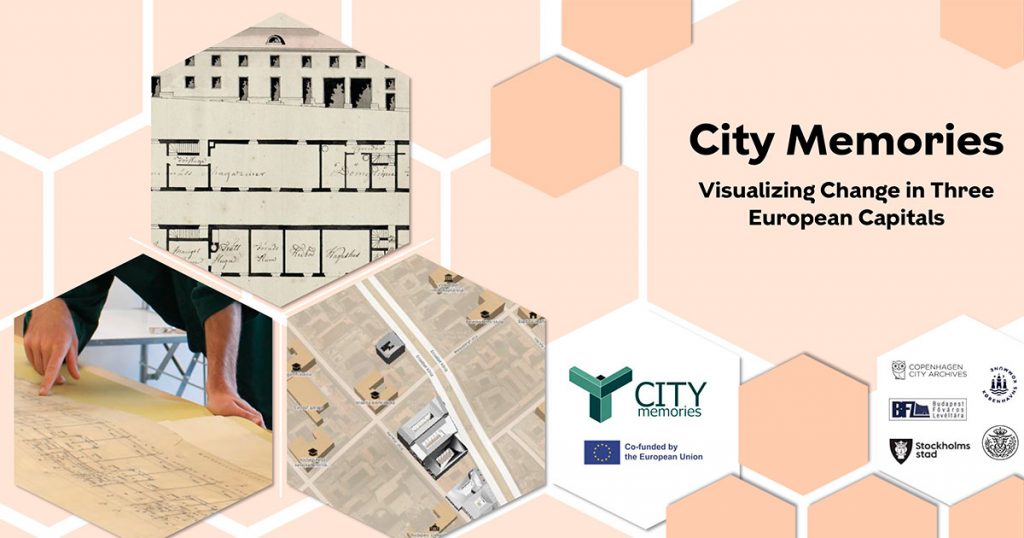
Budapest City Archives are participating in the Creative Europe funded project City Memories. The project aims to develop new methods and understanding when working with architectural drawings from archival collections.
The City Memories project brings together archive professionals from the City Archives of Stockholm, Budapest and Copenhagen. It aims to develop new ways of serving demands and usages of architectural building drawings and make them more available, well interpretable and enjoyable for targeted user groups.
Stockholm City Archives
Copenhagen City Archives
It is co-funded by the European Union and aims to promote an understanding for European cultural heritage in order to build a sustainable and inclusive future. Each archive works with different subprojects concerning gender, sustainability, co-creation and digital presentation. The archives work locally with different partner institutions and across Europe bringing together cultural heritage professionals and researchers in dialogue about cross-cutting issues and insights from the project.
The project began in February 2023 and will come to a close in September 2024 with an end conference in Stockholm.
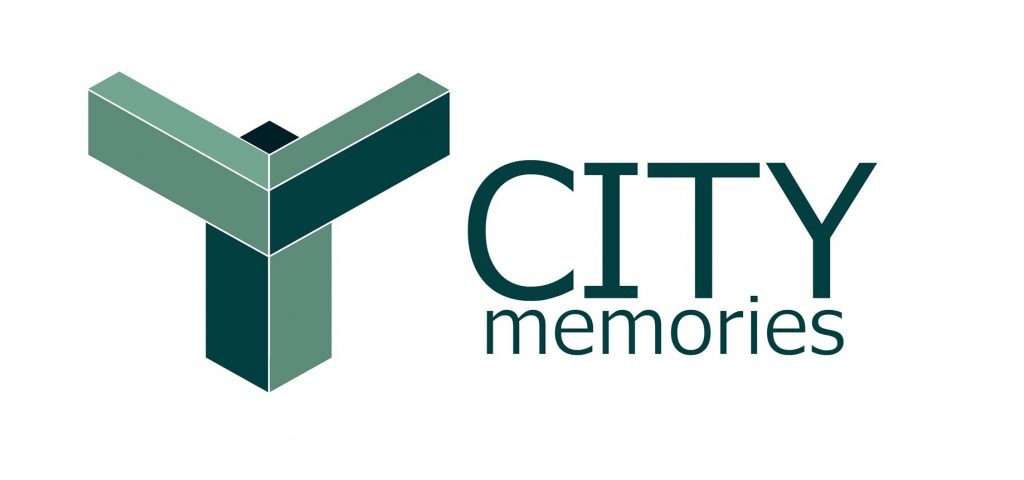
The collection of Architectural Plans in BCA serves a wide range of user groups. Beyond historians and other professional researchers (architects, art historians, etc.), we have recurrent user groups from universities and the field of citizen science. Working with volunteer researchers of Budapest100 and university students at Budapest University of Technology and Economics allows us to see their interest and their methodology on the fly. Also, we have an active communication and cooperation with the Óbuda University, Ybl Miklós Faculty of Architecture and Civil Engineering, who curate courses on digital historical building reconstructions, based on archival drawings. These types of connections give us a chance to explore further potential for exploitation of architectural drawings and circle back the results into our archival collection. The main goal of our participation in City Memories project is to think further and to bring the cooperation to a higher level. Currently we provide a massive amount of data and documents to a broad audience. Some of these projects result in databases, publications and various types of metadata or newly created digital content. An excellent example is the 3D models created by university students or the documentations produced by volunteers of Budapest100. These results can be reused or repurposed, that’s why our task is to build up tracks for ingesting them into our Archival Information System and Digital Repository making them accessible and reusable for other stakeholders. This sort of Data Circulation is a new way of enriching and exploiting archival material specific to the digital age.
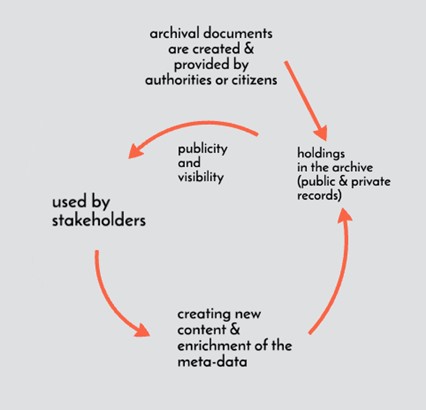
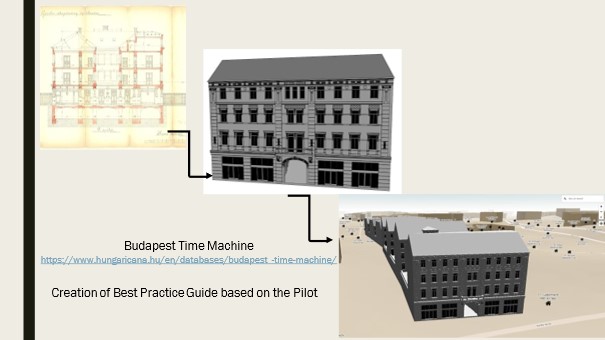
BCA and OU develops roadmaps and methods of archiving and of the 3D models created in the training process. This requires the adaptation of standards and specifications of long-term e-archiving to 3D models created in higher education by ArchiCad software, specifying archival packages and the processes of transfer for archives and ingest into OAIS compatible AIS. The project will also explore the possible ways to connect this sort of content to Budapest Time Machine and integrate them to historical GIS systems. The outcomes and experiences of these explorations will be published in a best practice guide.
Budapest City Archives has a well-established cooperation with Contemporary Architecture Centre (KEK) which is the main organizer of Budapest 100, a yearly recurring urban community festival since 2011. In the framework of the festival, dozens of public and residential buildings open their doors for visitors, presenting the history and peculiarities of the houses and their residents. For the communities of the houses this program offers a wide range of possibilities for strengthening the community by creative activities. Integral part of the preparation is the archival research on the history of building carried out by volunteers. By using archival material, they gain new understanding of the past of their close environment. They make this knowledge public through poster exhibitions in the houses and digital data sheets and descriptions with photo documentation of the recent condition of the house made also by the residents and volunteers. These data, descriptions and photos are published on the project website.
In the framework of City Memories BCA will develop roadmaps and methods of long-term archiving and further utilization for the public of data and materials accumulated by civic activity. This requires the adaptation of standards and specifications of long-term e-archiving to the data types of Budapest 100 and specifying archival packages and the processes of transfer for Archives and ingest into OAIS-compatible archival system. The project aims at working out roadmaps and carry out pilot projects for integrated presentation and usage of this collection and other archival holdings, and integrate them to historical GIS systems.
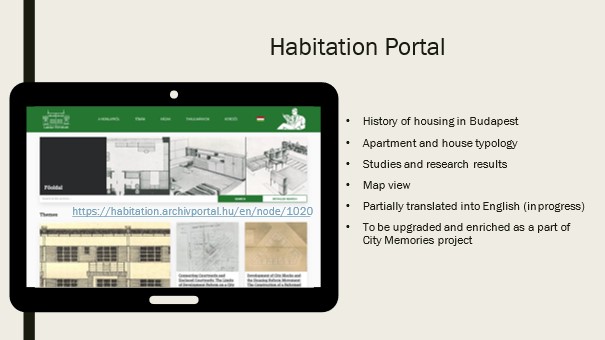
Architectural plans are traditionally used as sources of architectural history and are considered as blueprints of buildings, but they can be analysed also as elements of discourses on social norms and experiments and can be connected with different types of narrative sources. BCA created a special platform to publish plans with such sorts of analyses in order to communicate this potential in drawings: Habitation Portal. In City Memories project, the aim is to augment and enrich this material, share the experiences with the project partners, and make the main parts of textual content available in English, as they are adequate sources for comparative research on European level.
